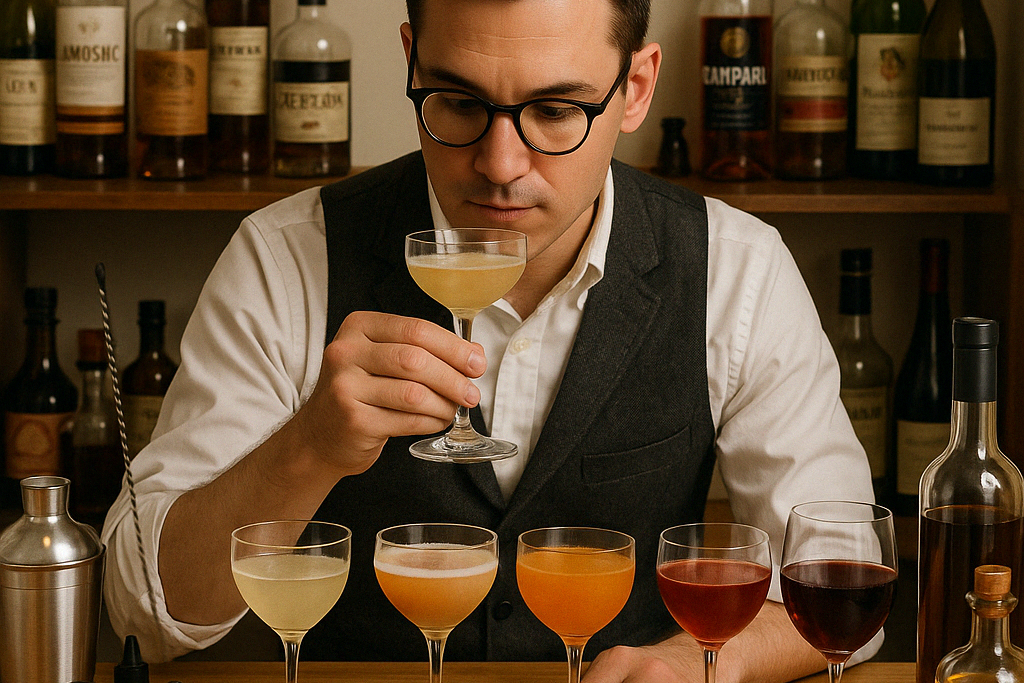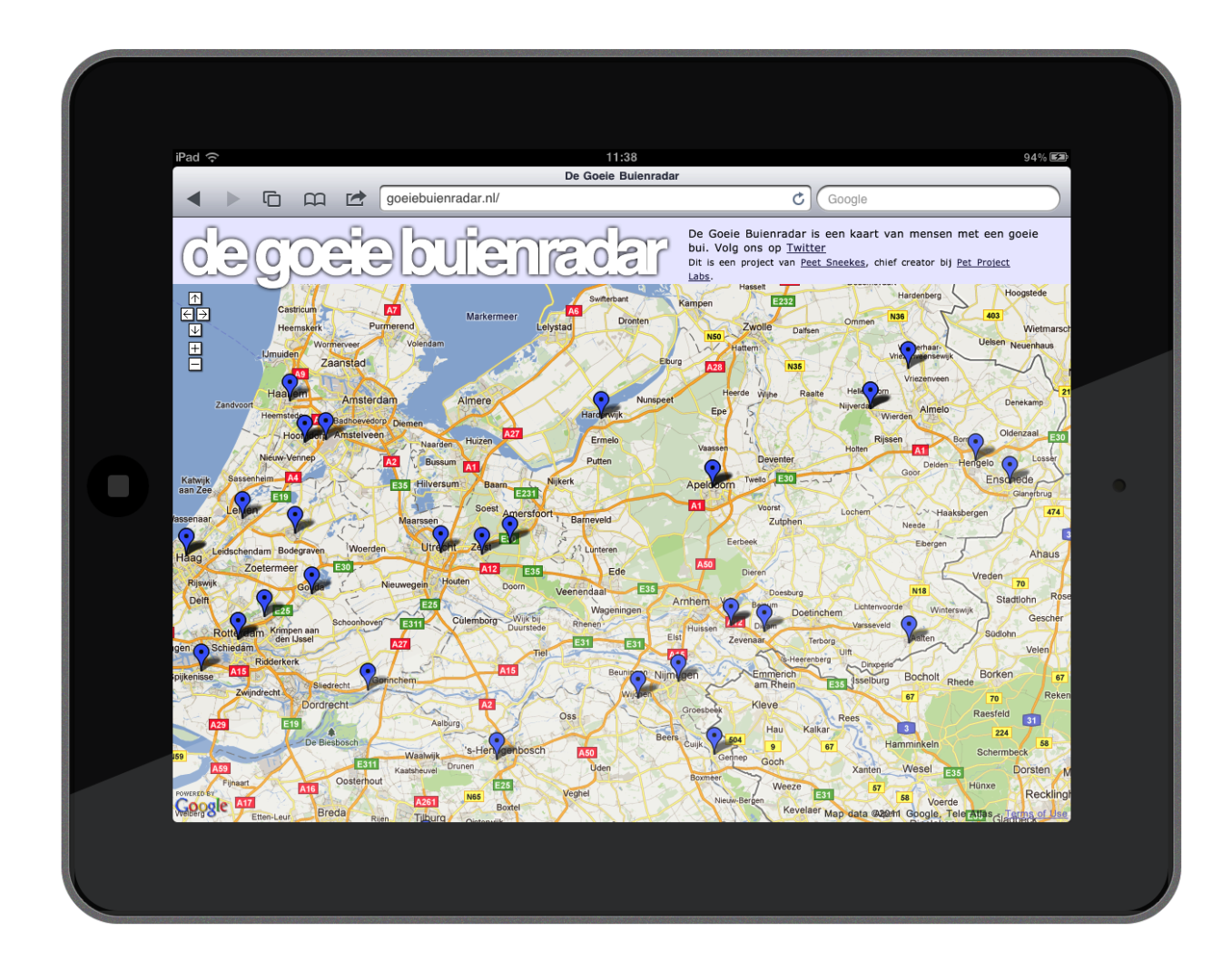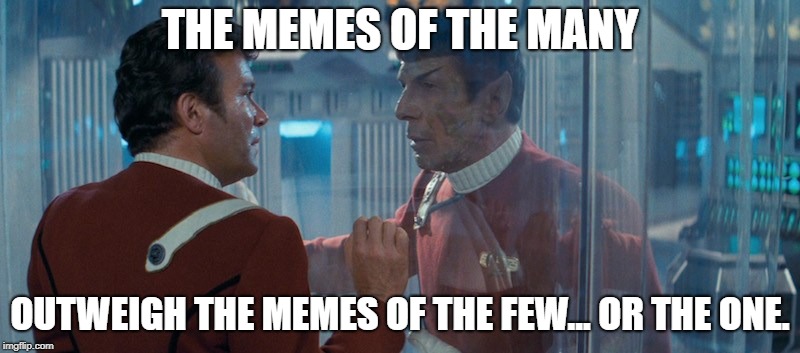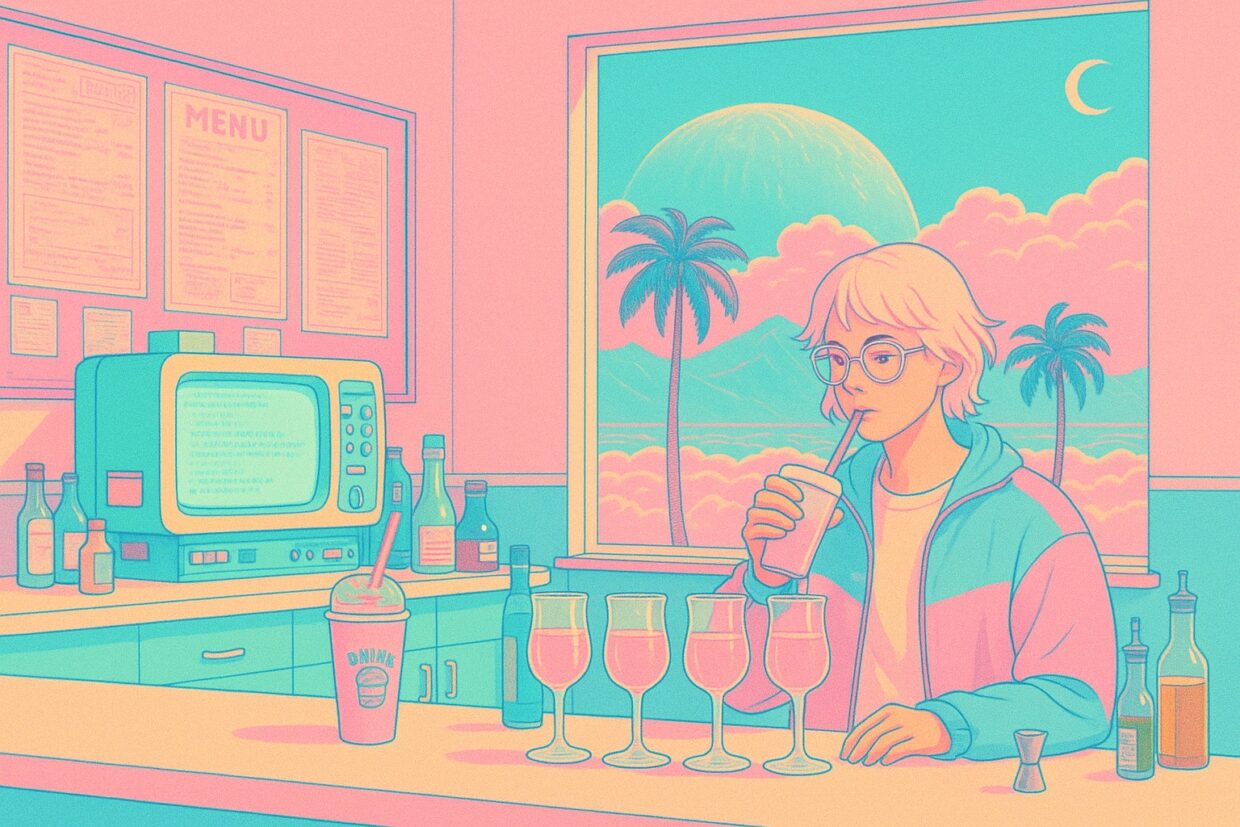Vibe coding, vibe designing and agentic coding has laid bare a new field of design: vibe agent assisted market testing. The alcoholic version would be: what if you – as a layman- have a fridge filled with your best spirits, condiments and wines and you just start mixing and tasting without getting drunk with all the knowledge of a bartender and unlimited discovery capabilities. The result: the best cocktail you’ve ever tasted and something you can serve up to your friends, and perhaps it might be viable to go to market…
The key in the bartender example is: you do the mixing yourself, as if you are a seasoned bartender. So, you can mix when you want, iterate indefinitely and ‘vibe’ on every little detail of your original drink. In short: the end user is the soul designer of the drink, assisted by tech that pours in the wisdom of bartending and the patience and understanding of a marketing/ product design team.

Cutting out the middleman with Generative Vibe Design
To me vibe agency is the capacity to create something as an end consumer, but with the result of a professional: an accurate and (fully) functional fulfilment of the needs of a specific consumer. So, let’s put that power in the hands of a potential product visionary, or someone with a clear vision on how their next product would look like.
Putting this ability in the hands of a single person will result in a series of interesting products with a market of at the least one and perhaps many more. The even more impressive result would be: a product designer that has a better sense of what a great cocktail, or product makes to THEM, rather than most of us, or a few of us. A highly personal and probably undiscovered niche, ready to strike gold.
To me, this method will have one huge benefit to most other design methods: we cut out the middlemen (m/f/x). We used to need all these middlemen, because we needed them to build ‘what we mean’. Unfortunately all these middlemen have their own preferences, biases and skill sets that shape their output, but with product design we are focussed on the outcome to be the best fit to the end user.
With vibe agentic design our drinks example would follow this logic: if the end user has a preference for straw-less drink, then it should be designed to be that way. No matter if most ‘fancy drinks’ are by default ‘strawed’, the entire flow would take into account that the end result should be strawless. It’s a given.
The point of Generative Vibe Design
For long now I have left the space of coding, or even software architecture and ICT expertise. I do however keep in touch with the latest trends, so I can ask my software development peers about it and comment like a curmudgeon on how we used to do things better. As such I do wish I had the modern version of my past self to create some projects, like I used to make them: fast, simple and modern.
Creating things fast and simple is the thing here: I have plenty of inspiration, but basically need a little agency, made up of about five people to get those ideas to fruition and to my wishes in a decent amount of time. I don’t have the time to code, design and market the products, but I do have enough talent to lead this ‘team’ to create it in my stead.
The team, mind you, doesn’t need to make a finished project, but they need to be able to make a prototype to show what’s in my mind: something that looks like this, does this, that and the other and runs on a server that I have ready to go.
The point is to have something I can show to others without the more low-level ways of the olden days: sketching, flow charts, pitch decks and the like. Just: here’s the thing, show me if you can make sense of it.
Generative Vibe Design in practice
To explain my example of generative Vibe Design, I’m going to give you the prompts I fed into bolt.new, one of the vibe coding platforms that does way more than just vibe coding. We’re going to make a “Happy Mood Radar”, a website I made two decades ago in PHP using twitter and google Maps.
Hi bolt, please create a web app that maps out tweets (from x.com) based on their coordinates on a openstreetmap.org map. Do a search of around 400 tweets that are happy in nature within the Netherlands to fill the map. Unfortunately twitter does not provide access to their search engine anymore. bolt.new indicated this and suggested generating a dummy data file, so it could show the app in working order. I accepted. This resulted in this amazing result. It was created within 15 minutes after I signed up!

This is of course a version made in a couple minutes, but it shows potential. Here’s the article and image of the ‘Goeie Buien Radar’ (the Dutch translated: happy weather map) of the concept I made a few decades ago. This is the link to the article: Art project: De Goeie Buienradar (the good mood radar)

Generative Vibe Agency: A leap in Generative Design
Where I stand these vibe code and vibe design tools are great, but because of our expectations, we regard them as tools for coders and designers. I think this assumption is wrong. These tools should be (and in some regard already are) shaped for people with ideas of the end result, rather than the way how and what.
Generative Vibe Agency is about giving the people with ideas and needs the capacity to hone their thought process and design ability. Vibe coding tools like bolt.new can be a powerful tool to hone that skill set based on concrete ideas. The next step is to leap the gap from vibe-code and design to code and designs that adhere to a standard that can be led to production viable code: safe, fast and scalable.
Generative Vibe Agentic tools are the next Kickstarter for the one, in stead of the many, or even the few
As this article is a follow up of sorts to my ‘you know what I mean’ article, I now double down on the idea of end users iteratively expressing their ideas and wishes though generative design tooling. It is truly a revolution in learning what people want and need in a product and IT WILL create NEW PROPOSITIONS. Products and services that many commercially driven and experienced people have dismissed as silly, or even worse: ideas that other people laughed at being too niche.
This feels like the vibe we had with kickstarter, or gofundme: by the will of a minority, realise great ideas anyway. In this case: with the power of generative design, create products that fit the needs of the one, over the many. Perhaps Spock’s saying doesn’t cover this era in product design.

